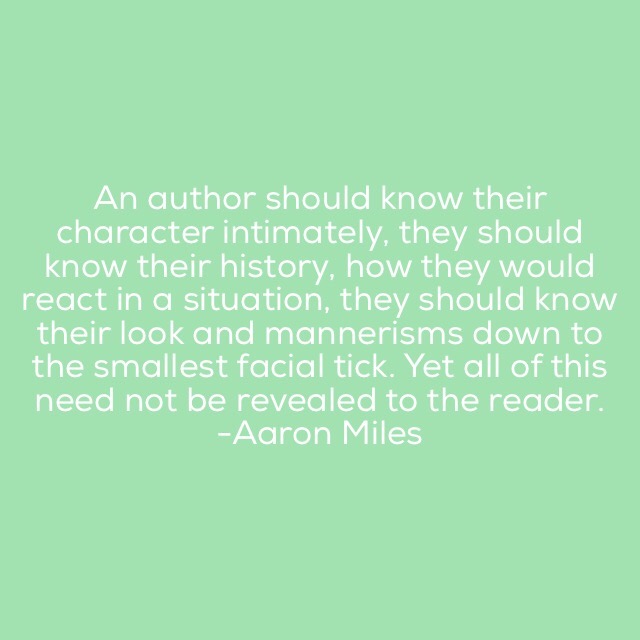I wrote last week about giving your characters purpose. Today it’s all about dimension, of the third kind.
Okay, bad joke. But the whole point today is to discuss how to make your characters seem more life-like, even the B-story ones.
The best thing you can do as the author is to know your character inside and out. That means more than just the physical characteristics. You need to understand what makes them tick. What do they love/hate more than anything? What happened in their life to make them love/hate that thing or person or action? How do they feel about their parents? Are they frivolous with their money or stingy?
There are so many questions you could ask yourself when it comes to your characters. Google “character questionnaire” and you’re bound to find hundreds of hits. I personally enjoy the Proust questionnaire, but honestly, just pick one and answer the questions. They’ll get your brain juices flowing.
But of all the things I’ve learned about characterization in grad school and just from my own good ol’ fashioned research, here’s what I found to be the most important tips when creating a multi-dimensional character:
- Give them flaws. No person is without them, so that should include your characters. Their flaws can be external, internal, or both, but it can’t be neither. These flaws can contradict: maybe your character is wealthy but they still stress about money, or maybe they act sarcastic to others but can’t take it from others. Whatever the flaw, make sure it’s evident to your readers.
- Give them motivation. This goes back to my give them purpose blog last week. A character needs motivation for their actions. There should always be a reason for everything your character does, even if it’s something subconscious that your reader doesn’t know yet.
- Give them a past. You don’t necessarily tell your reader every character’s backstory, but you should be well-acquainted with it. What happened to them in 8th grade that made them forever distrustful of “squads?” Who is their best friend and why? Do they get along with their family? Do they have an addiction?
- Give them distinct features. Maybe your character is average looking, but that’s not how you should describe them to your reader. Who even decides what is average, anyway? Decide their eye color, hair color, nose size, mouth curvature, height, body type, etc. Knowing this will help you decide their body language. Are they confident or self-conscious? Do they blush a lot or is their forehead constantly wrinkled in annoyance?
Think about these tips while you write your character’s backstory. I suggest maybe a page per main character and a few paragraphs for the minor ones. I tend to find that as I write the backstory I uncover things about the character that I never planned, but it fits their personality and enhances why they are the way they are.

Sometimes all this work never sees a published page, but it does not go to waste. Every word helps to create a character that will bring your story to life.
~Liz
Follow me @liz_tampa on Twitter and @wethewriters on Instagram.

